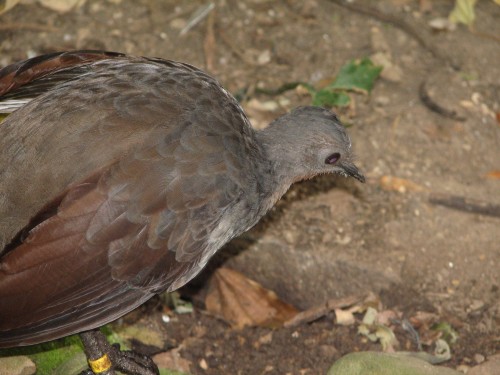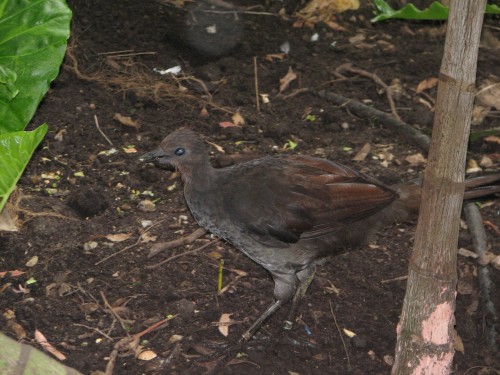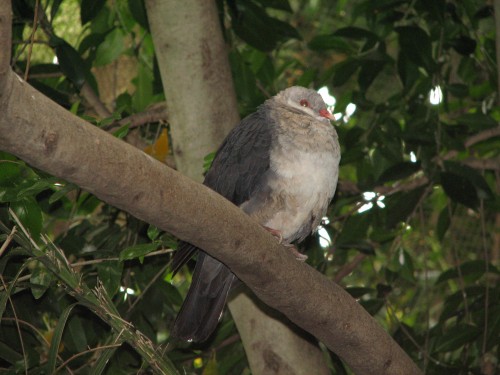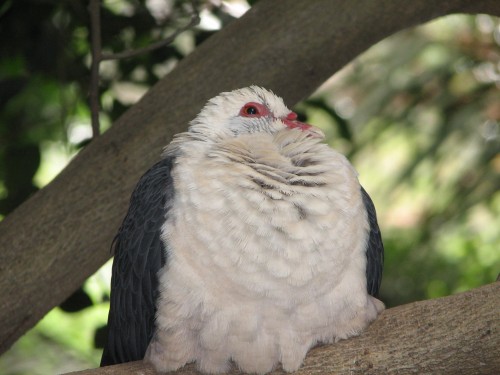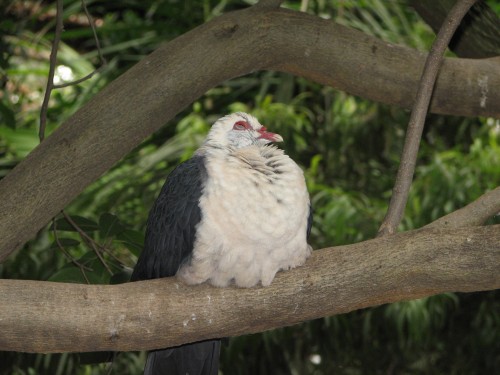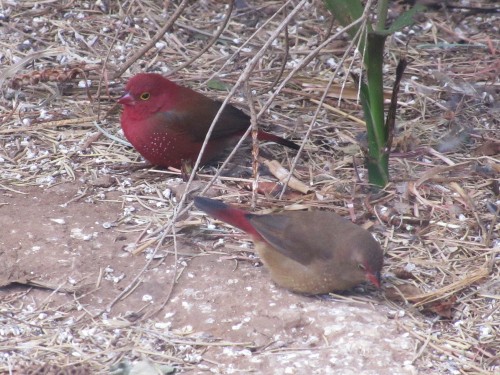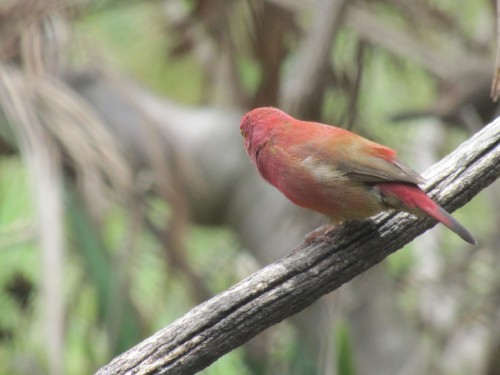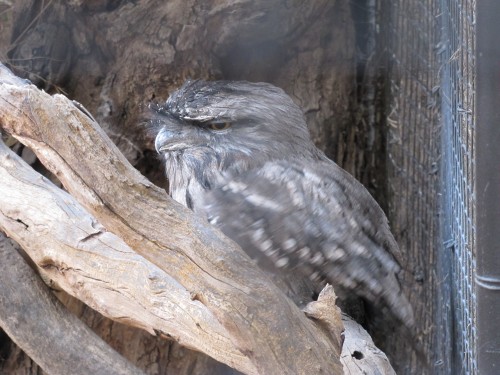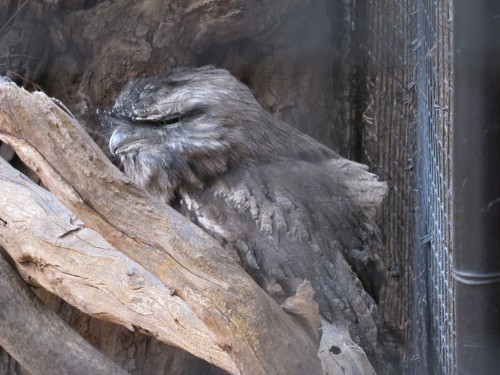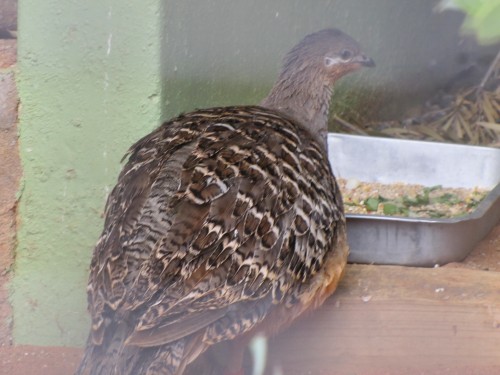Superb Lyrebird in Adelaide Zoo
Many times here on my birding site I have written about the Adelaide Zoo in South Australia. This is my home zoo and I have been a Life Member for about a decade now. I fully support the wonderful conservation work in which they are so successful.
One the features of this zoo is the excellent collection of birds, both Australian and non-Australian. Several walk-through aviaries allow the visitor to get up close to many otherwise shy or elusive species. The Superb Lyrebird is one such species. I’ve only managed to see this species in its natural habitat on a handful of occasions, so to see and photograph one from a distance of a metre or two is a real delight.
The Superb Lyrebird is widespread in the eastern parts of Australia but it is not all that common. In its natural environment it can sometimes be quite elusive. I remember fondly the first time I saw one. One morning before breakfast I walked in the rainforest in northern NSW for about three hours, only to get a three second glimpse of a solitary bird as it scuttled off into the undergrowth. I told the park ranger about my experience later. His reply: “Your sighting is about two seconds longer than most people.”
White-headed Pigeon, Adelaide Zoo
One of the walk through aviaries at the Adelaide Zoo has quite a large collection of pigeons, including these White-headed Pigeons. I have visited this aviary on many occasions and usually many of the pigeons are actively scratching around in the dirt on the floor of aviary or feeding from one of the feed trays. Usually, however, some of the birds prefer to just sit on a branch of the many trees growing inside the large cage.
The bird above looks cold, huddled on the branch like that. If my memory is correct it was actually quite a warm day; it certainly was in mid-January, one of our hotter months. Looking carefully at the bird above, however, it appears to be a juvenile. On almost every visit to this aviary I’ve several pigeons, this species included, either making a nest or sitting on eggs. If, as I suspect, it is a recently fledged bird, it would explain why it is all fluffed up like that.
To read more about this species and to see better photos I have taken click here.
Red-billed Fire Finch, Adelaide Zoo
The beautiful Red-billed Fire Finch is found in southern Africa. The above photo was taken in our local zoo in Adelaide, South Australia.
The first time I saw this species was in Addis Ababa, Ethiopia. You can read about that experience, and see the photos taken at the time by clicking here and here.
Tawny Frogmouth, Adelaide Zoo
The nocturnal bird called the Tawny Frogmouth is one of my favourite birds. Ever since we saw one in a tree above our tent near Lake Hattah in north west Victoria many years ago, this species has had a special place in our lives.
Being nocturnal, it is not a bird seen all that often. It is more commonly heard calling at night. From time to time we have one in our garden. One has even banged against our sliding glass door whilst catching a moth fluttering there.
Finding them in broad daylight is a challenge. They are usually well camouflaged perched on the limb of a tree, their feathers blending in with the colours and markings of the branch. When smaller birds – such as honeyeaters – become aware of the presence of a frogmouth or an owl for that matter, they set up quite a fuss, drawing attention to the roosting bird.
The bird shown in today’s photos is a captive bird, part of the excellent collection of birds of the Adelaide Zoo in South Australia.
Malleefowl in the Adelaide Zoo
The Malleefowl, a turkey-sized mound building bird of the drier parts of Australia, is a widespread but uncommon bird living in the region where I live. It is primarily a ground dwelling bird, feeding mainly on seeds. The male makes a large 2 to 3 metre wide mound of sand and vegetation like leaves, grass, bark and so on which acts like a compost heap.
The rotting vegetation develops heat which incubates the eggs the female lays and buries in the mound. The male works the mound daily during the summer months, adding or removing soil to regulate the temperature in the egg chamber. Not surprisingly, this bird is also known as the Incubator Bird. In all my years of birding I have only seen about a dozen of this species, but amazingly, I saw 6 in a one hour period.
The bird in the photo above is a captive bird in the Adelaide Zoo.
